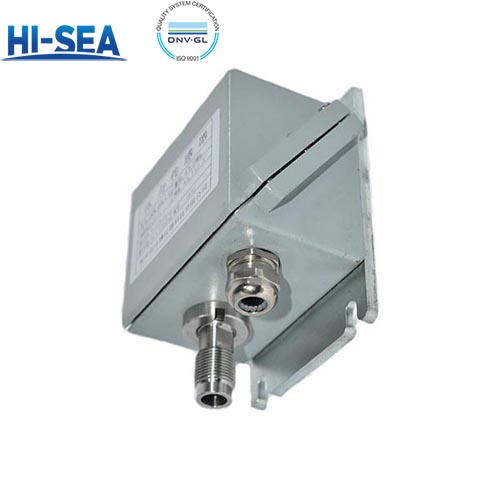
Pressure type Level Transmitter
A Pressure Type Level Transmitter is an instrument used to measure the level of a liquid (and sometimes solid) in a tank or vessel by measuring the pressure exerted by the fluid's column at a specific point.
Overview
Main Parameters
1. Measuring Range: The range of level measurement, often specified in meters or feet of water column (e.g., 0-10 meters H₂O).
2. Accuracy: The degree of accuracy in level measurement, typically expressed as a percentage of the full-scale range (e.g., ±0.2%).
3. Output Signal: The type of electrical output signal provided by the transmitter, commonly 4-20 mA, 0-10 V, HART, or digital communication protocols like Modbus.
4. Pressure Rating: The maximum pressure the transmitter can withstand, usually given in bar or psi (e.g., 10 bar).
5. Temperature Range: The operating temperature range of the transmitter, both ambient and process temperatures (e.g., -40°C to 85°C).
6. Material of Construction: Materials used for the wetted parts of the transmitter, such as stainless steel, Hastelloy, or other corrosion-resistant materials.
7. Power Supply: The required power supply for the transmitter to operate, commonly 12-36 V DC.
8. Process Connection: The type of connection used to install the transmitter in the process, such as threaded, flanged, or sanitary connections.





